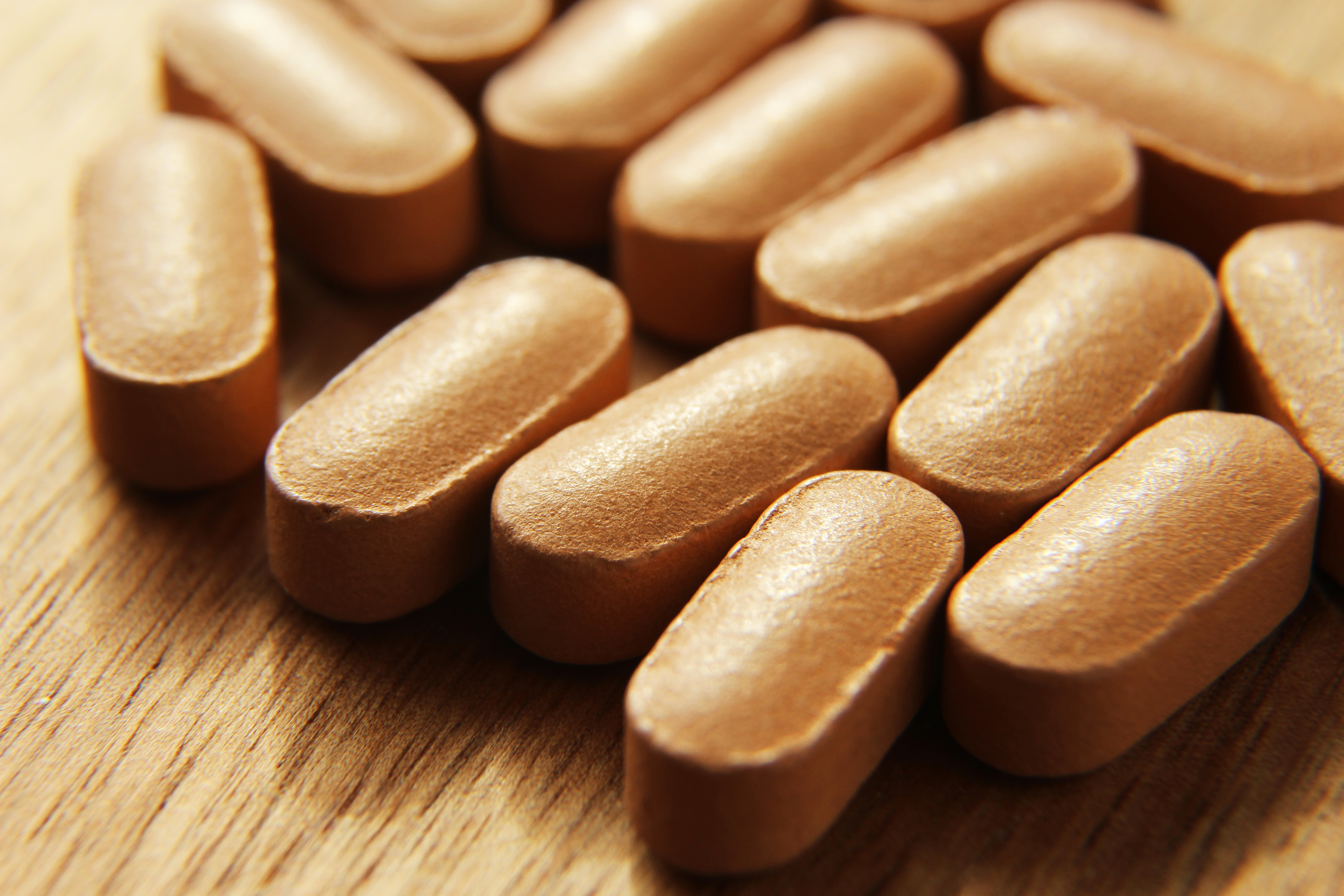13/07/2023

liquorice extracts microencapsulation
Microencapsulation of licorice extracts involves the process of encapsulating the extract into tiny particles or capsules to protect it and control its release. This technique offers several benefits, including improved stability, controlled release of active compounds, enhanced shelf life, and protection against external factors such as light, heat, and oxidation. Here's a general overview of the microencapsulation process for licorice extracts:
- Selection of Encapsulation Method: There are various methods available for microencapsulation, including spray drying, fluid bed coating, coacervation, and extrusion. The choice of method depends on factors such as the desired particle size, encapsulation efficiency, and the properties of the licorice extract.
- Preparation of Encapsulation Material: A suitable encapsulation material is selected to coat the licorice extract. Common materials include carbohydrates (such as maltodextrin, starch, or gum arabic), proteins (such as gelatin or whey protein), or lipids (such as oils or fats). The material is prepared in a liquid form to facilitate the encapsulation process.
- Mixing and Emulsification: The licorice extract is mixed with the encapsulation material to form an emulsion or suspension. This step ensures that the extract is evenly dispersed within the encapsulation material.
- Encapsulation Process: The emulsion or suspension is then subjected to the chosen microencapsulation method. For example, in spray drying, the mixture is atomized into a spray dryer where hot air quickly evaporates the liquid, leaving behind microencapsulated particles. In fluid bed coating, the extract-containing particles are placed in a fluidized bed, and the encapsulation material is sprayed onto them until a desired thickness is achieved.
- Drying and Solidification: Once the encapsulation process is complete, the microencapsulated particles undergo drying to remove any remaining moisture and solidify the encapsulation material. This step may involve processes like air drying, freeze drying, or vacuum drying.
- Characterization and Quality Control: The microencapsulated licorice extract particles are analyzed for characteristics such as particle size, encapsulation efficiency, release properties, and stability. This ensures that the microencapsulation process was successful and meets the desired specifications.
- Packaging and Storage: The microencapsulated licorice extract is packaged in suitable containers, ensuring proper protection from moisture, light, and other external factors. It is then stored under appropriate conditions to maintain its quality and shelf life.
It's worth noting that the specific details of the microencapsulation process may vary depending on the chosen method and the manufacturer's requirements. Additionally, the encapsulation materials and techniques employed can be tailored to achieve specific goals, such as sustained release or targeted delivery of the licorice extract's active compounds.
